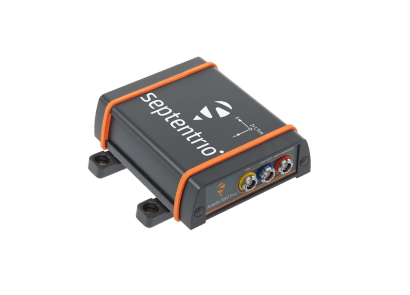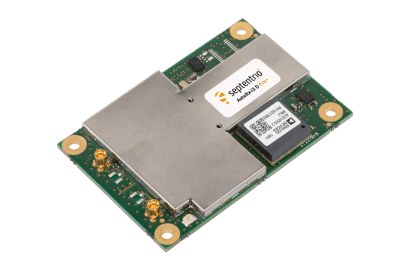Solar race car with GNSS/INS
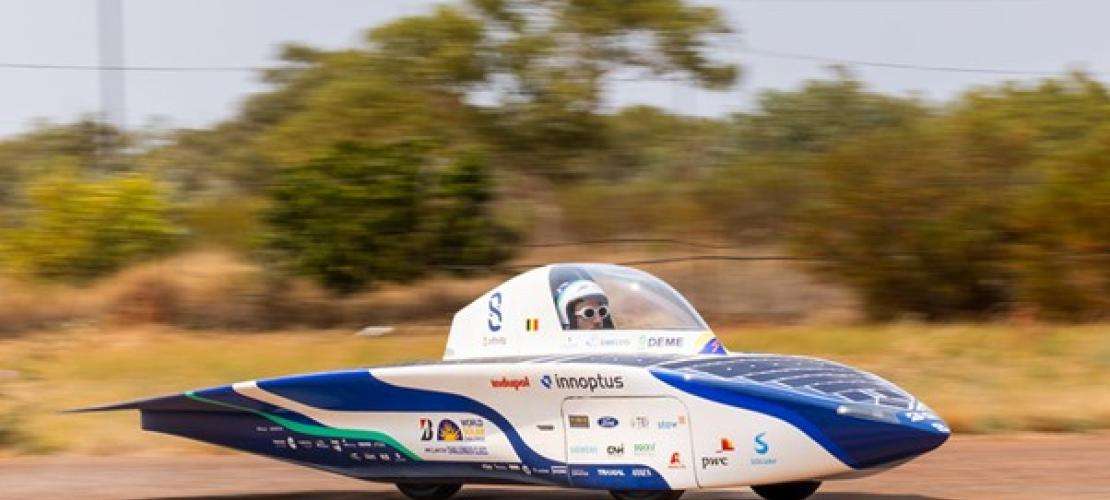
The Belgian Solar Team is using an inertial GNSS receiver for accurate positioning, slope and acceleration to optimize their energy model parameters during their 2024 solar challenge in South Africa
Since they won the World Solar Challenge in 2023 in Australia, the Innoptus Solar Team has been busy pushing the limits of their solar race car even further. They have optimized their newest car even further for their upcoming solar challenge in September in South Africa, which is optimized for aerodynamics, weight, and of course energy efficiency. A Septentrio GNSS/INS receiver has been built into the car to provide real-time position, attitude and acceleration parameters during the race. These parameters are used to optimize and monitor the energy input and output of the car. For example, the slope that the car is driving on, significantly effects the energy consumption. This slope measurement can be used to figure out the expected energy consumption, which is then compared to the actual energy consumption. This way the overall condition of the car is continuously monitored. Similarly, the orientation of the solar panel is used to determine the expected energy production.
The combination of accurate positioning and attitude with very low power consumption and weight convinced us to design the receiver directly into the race car, where every extra gram and every extra watt matters.
Another innovative feature of the solar race car is “the Fin”, see image below. It has a sail-like functionality and can be pulled upwards behind the driver to catch wind and to help stabilize the vehicle. When the fin is up it drops a shadow on the solar panel, obstructing some of the sun’s rays. The inertial receiver in the car outputs the attitude used to calculate the expected shadow of the fin, which is then used to model the expected energy output.
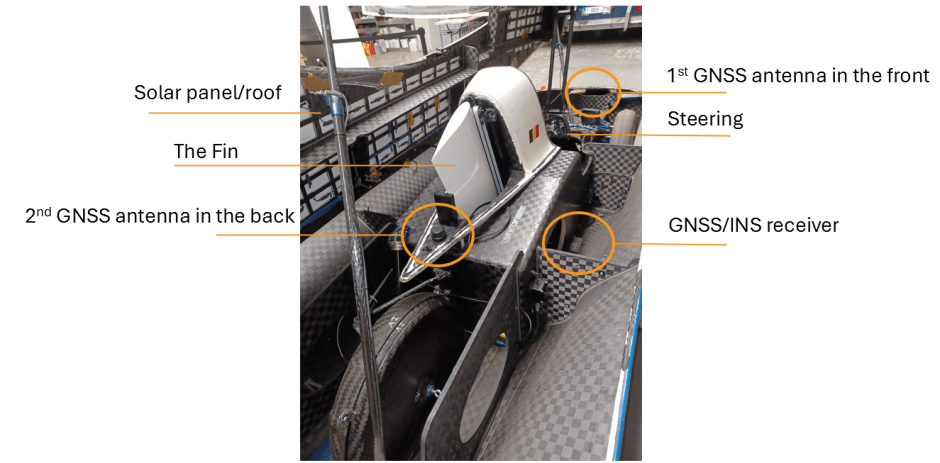
Why did the Innoptus Solar Team build AsteRx-i3 D pro+ into their solar race car:
- Multi-frequency, multi-constellation GNSS delivering cm-level positioning
- Sub-degree accuracy of heading, pitch and roll angles measured by the IMU sensor inside
- Industry-leading low power consumption
-
Light-weight of the receiver is important for energy efficiency optimization. The car’s total weighs only around 150 kg
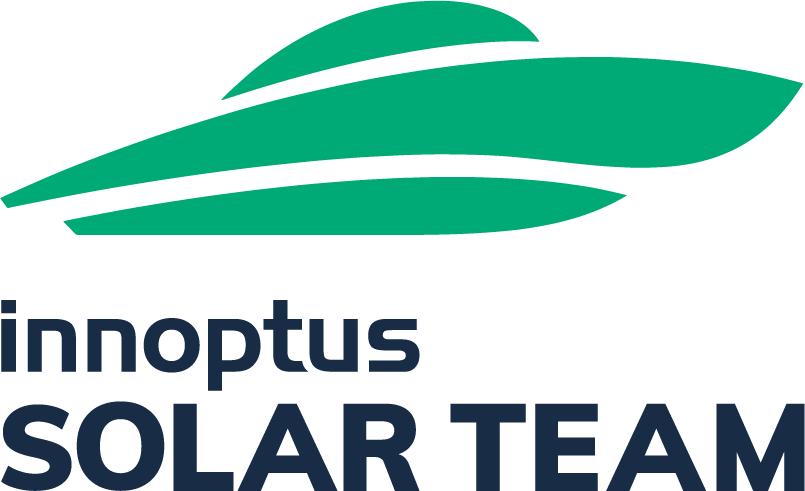
For over 19 years the Innoptus Solar Team has been building solar cars to race them all over the world. But the goal is not only to win the race, but also to showcase the power of green energy and to prove that Belgian technologies are at the forefront of innovation.

